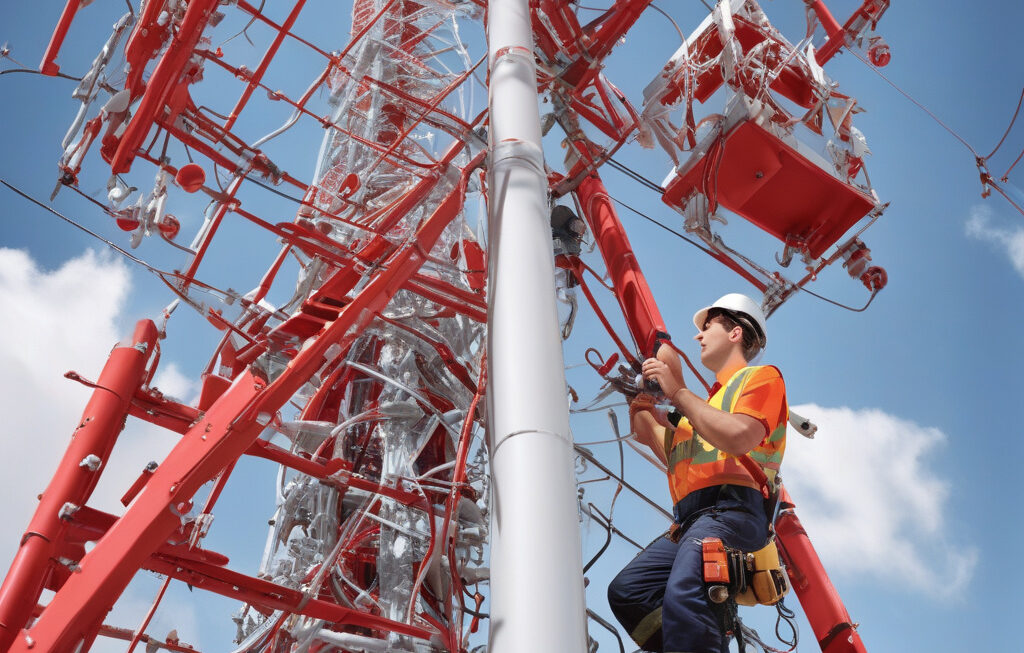Revolutionizing Internet Transmission: The Power of New Hollow Glass Fiber Design
The next internet revolution may come through a hollow strand of glass. Instead of the traditional solid glass fibers that have been used for decades to transmit data across the globe, a new hollow glass fiber design is poised to shake up the industry with its groundbreaking capabilities. With 1,000 times the transmission power of current technology, this innovation is set to pave the way for faster, more reliable internet connections that can meet the ever-growing demands of our digital age.
So, what makes this new hollow glass fiber design so special? The key lies in its unique structure. Unlike solid glass fibers, which have a solid core for transmitting light signals, hollow glass fibers have an empty core that allows light to travel through with minimal loss of signal strength. This innovative design significantly boosts the transmission power of the fibers, enabling data to be carried over longer distances without the need for signal boosters.
The implications of this technology are immense. From enabling faster download and upload speeds to supporting high-bandwidth applications such as virtual reality and 8K video streaming, the new hollow glass fiber design has the potential to revolutionize the way we experience the internet. Imagine downloading an entire HD movie in a matter of seconds or conducting seamless video calls with crystal-clear quality – all made possible by the power of hollow glass fibers.
In addition to its superior transmission capabilities, the new hollow glass fiber design also offers greater durability and flexibility compared to solid glass fibers. This means that internet infrastructure providers can lay down longer stretches of fiber optic cables without the risk of signal degradation, leading to more efficient network connectivity and reduced maintenance costs in the long run.
Furthermore, the environmental impact of this technology cannot be overlooked. By maximizing the transmission power of light signals, hollow glass fibers require less energy to operate, making them a more sustainable choice for powering the internet. As the world continues to prioritize eco-friendly solutions, the adoption of hollow glass fiber technology could play a significant role in reducing carbon emissions associated with data transmission.
Already, major players in the telecommunications industry are taking notice of the potential of hollow glass fiber technology. Companies are investing in research and development to further enhance the capabilities of these fibers and bring them to market on a larger scale. As the demand for high-speed internet continues to rise, the need for advanced transmission technologies like hollow glass fibers will only grow stronger.
In conclusion, the new hollow glass fiber design represents a major leap forward in internet transmission technology. With its unparalleled transmission power, durability, and environmental benefits, this innovation has the potential to shape the future of internet connectivity for years to come. As we look ahead to a world that is increasingly reliant on digital infrastructure, the power of hollow glass fibers offers a glimpse into the limitless possibilities of the internet age.
internet, transmission, hollow glass fiber, technology, innovation












